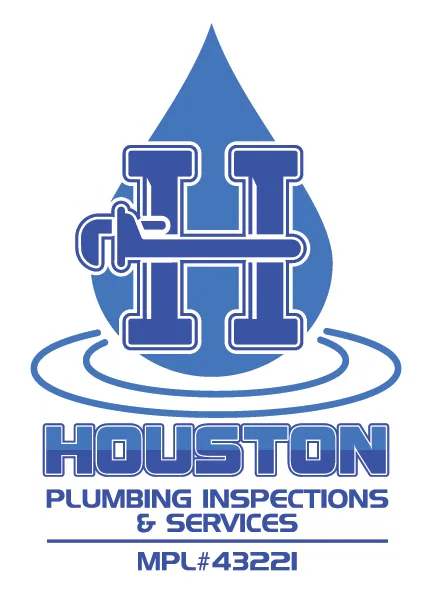The Impact of Tree Planting on Sewer Lines: What Homeowners Need to Know
Planting trees in your yard can enhance the beauty and value of your property, providing shade, privacy, and environmental benefits. However, homeowners should be aware that tree roots can pose a significant risk to underground sewer lines. In this article, we'll explore the impact of tree planting on sewer lines and discuss preventive measures to mitigate potential damage.
1. Root Intrusion
One of the most common problems associated with tree planting near sewer lines is root intrusion. As trees mature, their roots naturally seek out sources of water and nutrients, which can lead them to infiltrate underground pipes, including sewer lines. Once inside the pipes, tree roots can cause blockages, leaks, and damage to the sewer infrastructure, resulting in costly repairs and plumbing issues for homeowners.
2. Structural Damage
Tree roots can exert significant pressure on sewer lines, especially as they grow and expand over time. This pressure can cause the pipes to crack, collapse, or become misaligned, compromising their structural integrity and functionality. Structural damage to sewer lines can lead to sewage backups, foul odors, and environmental contamination, posing health and safety risks to occupants and the surrounding community.
3. Symptoms of Tree Root Damage
It's essential for homeowners to be aware of the signs and symptoms of tree root damage to sewer lines. Common indicators include:
- Slow drains or frequent clogs
- Gurgling noises coming from drains or toilets
- Sewage backups in sinks, tubs, or toilets
- Foul odors emanating from drains or sewer clean-outs
- Soggy or lush patches of grass near sewer lines
If you notice any of these warning signs, it's crucial to address the issue promptly to prevent further damage and restore proper function to your sewer system.
4. Preventive Measures
While tree roots pose a risk to sewer lines, there are several preventive measures homeowners can take to minimize the likelihood of root intrusion and damage:
- Strategic Tree Placement: When planting trees in your yard, avoid placing them too close to sewer lines. Choose species with non-invasive root systems and plant them at a safe distance from underground utilities to reduce the risk of root interference.
- Root Barriers: Installing root barriers or barriers made of impermeable materials along the perimeter of sewer lines can help deter tree roots from infiltrating the pipes. These barriers create a physical barrier that redirects root growth away from underground utilities.
- Regular Maintenance: Schedule regular inspections and maintenance of your sewer lines to detect and address root intrusion early. Professional plumbers can use specialized equipment, such as sewer cameras and hydro-jetting technology, to identify root infiltration and remove obstructions before they escalate into more significant problems.
- Chemical Treatments: Chemical treatments and root foaming agents can be applied periodically to sewer lines to discourage root growth and inhibit root intrusion. These treatments can help maintain clear, obstruction-free pipes and extend the lifespan of your sewer infrastructure.
While planting trees can enhance the aesthetic appeal and environmental sustainability of your property, it's essential for homeowners to be mindful of the potential impact on underground utilities, particularly sewer lines. By understanding the risks associated with tree planting and implementing preventive measures to mitigate root intrusion, homeowners can protect their sewer infrastructure and enjoy the benefits of a beautiful, healthy landscape for years to come. If you suspect tree root damage to your sewer lines or need assistance with preventive maintenance, don't hesitate to consult with a licensed plumber for expert guidance and solutions.
